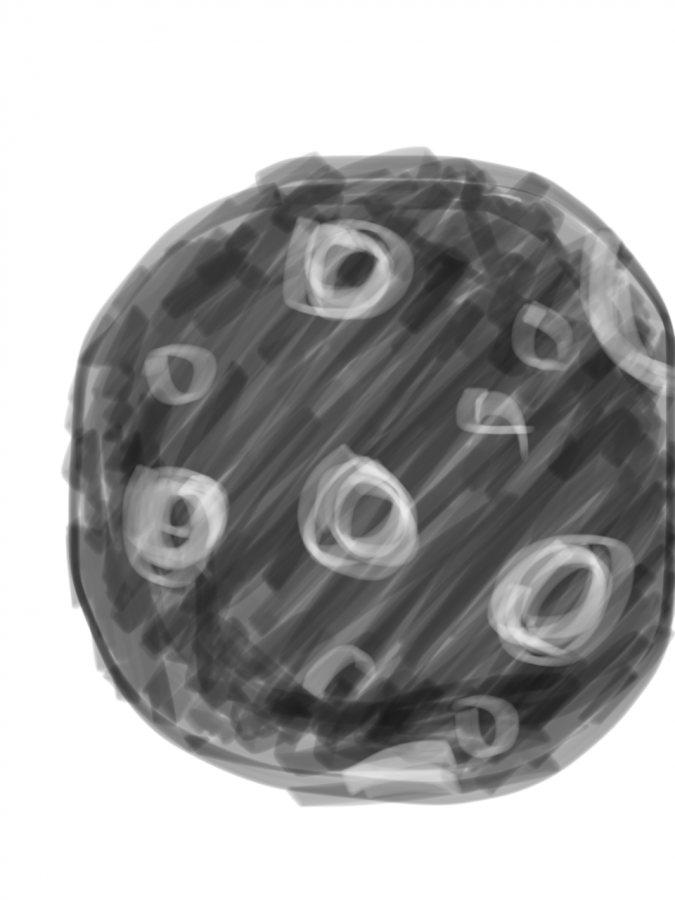Lunar water: a new existence
November 12, 2020
Scientists have grappled with the idea that there is water on the moon for a little more than a decade. It was previously believed that the moon’s “water” was mostly hydroxyl, which is OH instead of H2O, but recently, scientists have concluded that the moon’s surface is indeed mostly water.
This discovery opens up many possibilities in the future about the use of the moon. Perhaps one day scientists can use this water when exploring the moon with robots and astronauts. In fact, NASA is advocating for the development of a base on the moon, a part of the Artemis program. Therefore, in a decade or so, that may be a possibility.
The telescope that helped find lunar water is a part of SOFIA, a flying aircraft used by NASA and Germany. Water was suspected to exist near the Clavius crater on the moon.
This is surprising because the water was discovered on the moon’s light side, which is constantly subject to various temperatures and the sun itself.
This could be due to water being trapped between grains, allowing for it to survive against the moon’s environment. Lunar water could also be the result of solar wind, which would send small meteorites to the moon and turn the hydroxyl into water.
Whatever the cause, the discovery of water on the moon is surely going to impact how we view it for years to come.

















